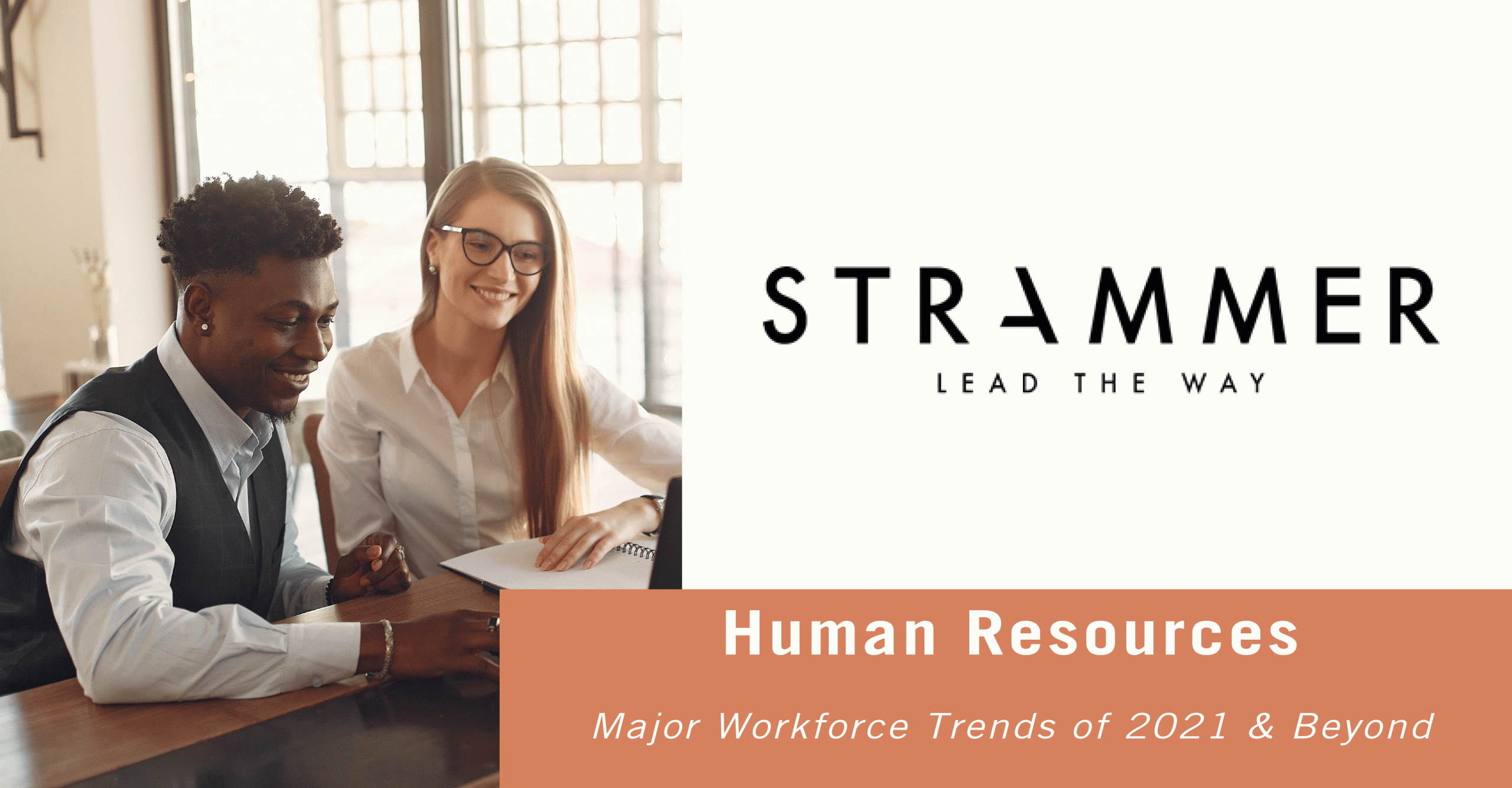Workforce Trends in the Year Ahead
2020 has been a year of social and economic dislocations like no other in recent memory. Covid-19 has changed the way many of us work and has at the same time accelerated and introduced new challenges into existent transformations in the world of work.
Following the rise of home working this year, many businesses have announced their plans to continue with remote models or hybrid working. In the Life Sciences, many clinical trials went virtual thanks to digital tools and the fast adjustments made by regulators, healthcare workers, and patients. Now, with remote work here to stay, HRs in these organisations will need to find solutions to support and manage remote workforces sustainably in the long-term.
This will involve understanding the impact of remote work on the employee experience. Before Covid-19, businesses were increasingly recognising the link between a successful employee experience and positive business outcomes, however, remote work and the organisational adaptations that followed have transformed how employees experience their jobs. To meet the employee experience challenge amid new working realities, a group of researchers have argued that companies must “co-create” the experience with their employees through ongoing feedback processes and consultations.
Additionally, the pandemic has increased focus on a trend already growing pre-Covid-19: employee mental health. Based on the 2019 Mind Share Partners, SAP, and Qualtrics study printed in their publication, Harvard Business Review described mental health as the “next frontier of diversity and inclusion,” with 86% of employees in the study wanting their organisations to support mental health. It is clear that employees are increasingly expecting their employers to step up on both a policy and cultural front, and those who do so will likely position themselves as more attractive employers to candidates.
Technological advances are also creating huge impacts on the workforce. The World Economic Forum, among others, have forecasted massive levels of job change and identified a high workforce skills gap. In its The Future of Jobs report 2020, the World Economic Forum advances that technological adoption will continue at a sustained or quickened pace. Further, companies in its study estimated approximately 40% of the workforce would need a re-skilling of 6 months or less. So, as businesses aim to outperform competitors by transforming digitally, their success will depend upon their ability to equip workers with the necessary skills.
In the sphere of workforce planning, people analytics is being recognised as an area of promising potential. However, research indicates a lack of readiness among companies, even though in one study most agreed analytics are a major priority for the next 5 years. As data becomes increasingly present in HR, organisations will need to adapt existing hiring, training and development processes.
Finally, we are seeing the addition of “employee belonging” to Diversity, Equity and Inclusion. Beyond attaining a diverse organisational make-up, businesses will need to live up to their diversity commitments by creating cultures of belonging and delivering an every-day experience of inclusivity to workforces.
References:
- Covid-19 and the Changing Employee Experience, June 2020, LSE Blogs.
- Research: People Want Their Employers to Talk About Mental Health, October 2019, Harvard Business Review.
- Millenials and Upskilling: The Changing Role of HR, July 2020, Entrepreneur.





